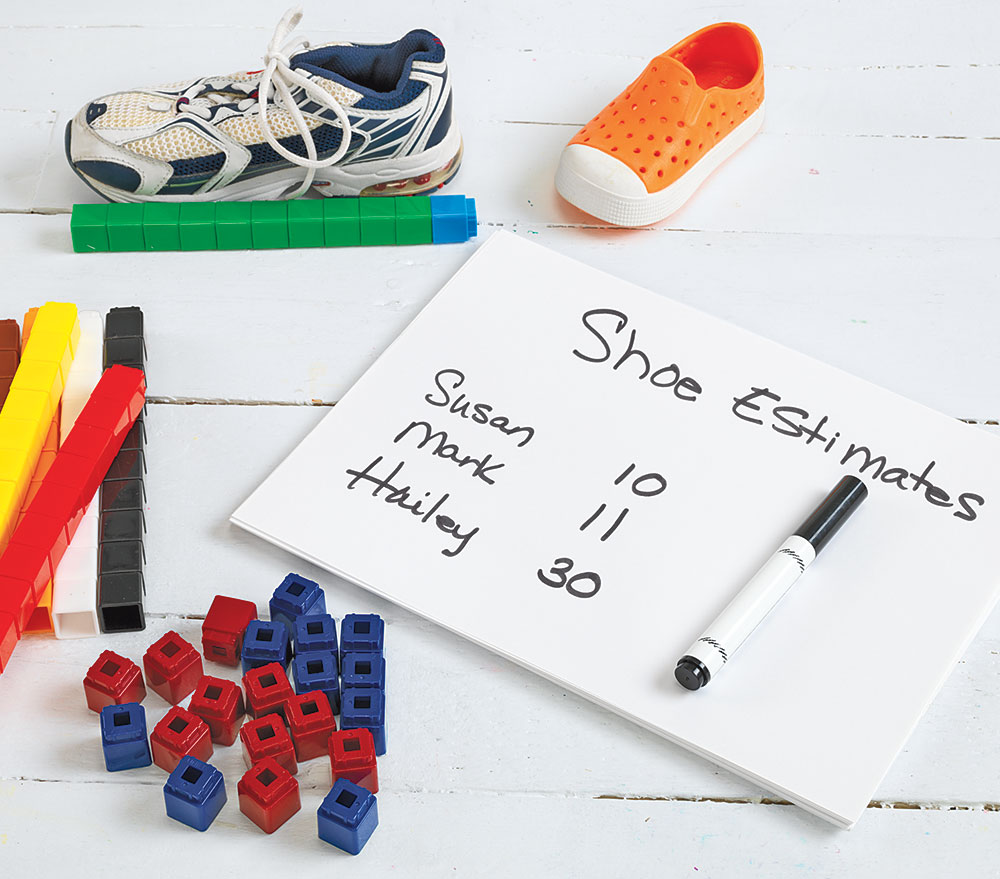
Menu
- Home
- Measuring With Cubes STEM Activity
measuring with cubes


intro
Measuring lengths of items is always a fun learning experience for little ones. Since it's not yet important for young children to know specific units such as inches and feet, using other materials provides a unique approach while teaching the fundamentals.
set up ideas
While this activity calls for Unifix cubes, similar connecting cubes may work. Markers or crayons and paper are another potentially suitable options.
Measuring lengths of items is always a fun learning experience for little ones. Since it's not yet important for young children to know specific units such as inches and feet, using other materials provides a unique approach while teaching the fundamentals.
set up ideas
While this activity calls for Unifix cubes, similar connecting cubes may work. Markers or crayons and paper are another potentially suitable options.
let's get started
Distribute Unifix cubes so that children can create their own measuring devices. When the children are ready to measure, you may wish to give some suggestions, or have some items prepared that you already know the measurements of.
step 1
Have the children connect a line of Unifix cubes together to create their own measuring sticks. Allow the children to decide how many cubes are used in their measuring sticks.
Have the children connect a line of Unifix cubes together to create their own measuring sticks. Allow the children to decide how many cubes are used in their measuring sticks.
step 2
Using their new measuring sticks, have the children measure different items in the classroom. Some objects to measure may include the length of a table, and even other children.
Using their new measuring sticks, have the children measure different items in the classroom. Some objects to measure may include the length of a table, and even other children.
step 3
If developmentally appropriate, have the children draw a picture of what was measured and write the numeral beside the picture to indicate how many cube lengths long that item is.
If developmentally appropriate, have the children draw a picture of what was measured and write the numeral beside the picture to indicate how many cube lengths long that item is.
step 4
For an optional extra challenge, have the children try to predict how many units long an object is. Then, let them measure and see who came the closest.
For an optional extra challenge, have the children try to predict how many units long an object is. Then, let them measure and see who came the closest.
As the children measure, ask about how many blocks long different objects are. Ask how many blocks make up their measuring stick, and whether they could measure the whole object with their measuring stick, or whether they needed to place it multiple times to measure the whole object.
Another option would be to create stacks of cubes at varying lengths, each using only one color. Have children guess which color stack will equal the length of an object, then measure to test.
 Follow up Activity
Follow up ActivityPractice patterning skills by creating two repetitions of a pattern using colors, then have the children continue the pattern. Or, have them create a pattern with cubes and recreate the pattern with markers and paper.


